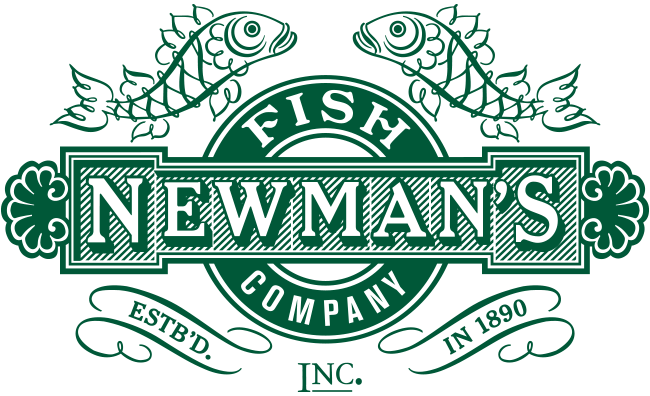Oysters, Clams and Mussels
There is an old wives' tale, "Don't eat shellfish in months without an 'R'", translating to the summer months when they are molting and spawning. While Newman's oysters are naturally farm raised in the monitored Pacific waters, we agree, the best quality and textures come in the colder months ... months without an 'R'. The biggest concern in the summer is that they have a shorter shelf life because they are coming out of warmer waters that can breed algae and red tides that can contaminate shellfish.
Newman's Oysters come from the Oregon Coast and Newman's Clams and Mussels come from the Puget Sound.
Mussel is the common name used for members of several families of clams or bivalve mollusks, from saltwater and freshwater habitats. These groups have in common elongated and asymmetrical shells compared with other edible clams, which are often more or less rounded or oval.
Mussels can be smoked, boiled, steamed, roasted, barbecued or fried in butter or vegetable oil. As with all shellfish sold in the shell (except shrimp) mussels should be checked to ensure they are still alive just before they are cooked; enzymes quickly break down the meat and make them unpalatable or poisonous after dying or uncooked. A simple criterion is
that live mussels, when in the air, will shut tightly when disturbed. All three, oysters, clams and mussels, are sold live in the shell ready to be steamed. Shucked oysters are fine for frying and oyster stew.

